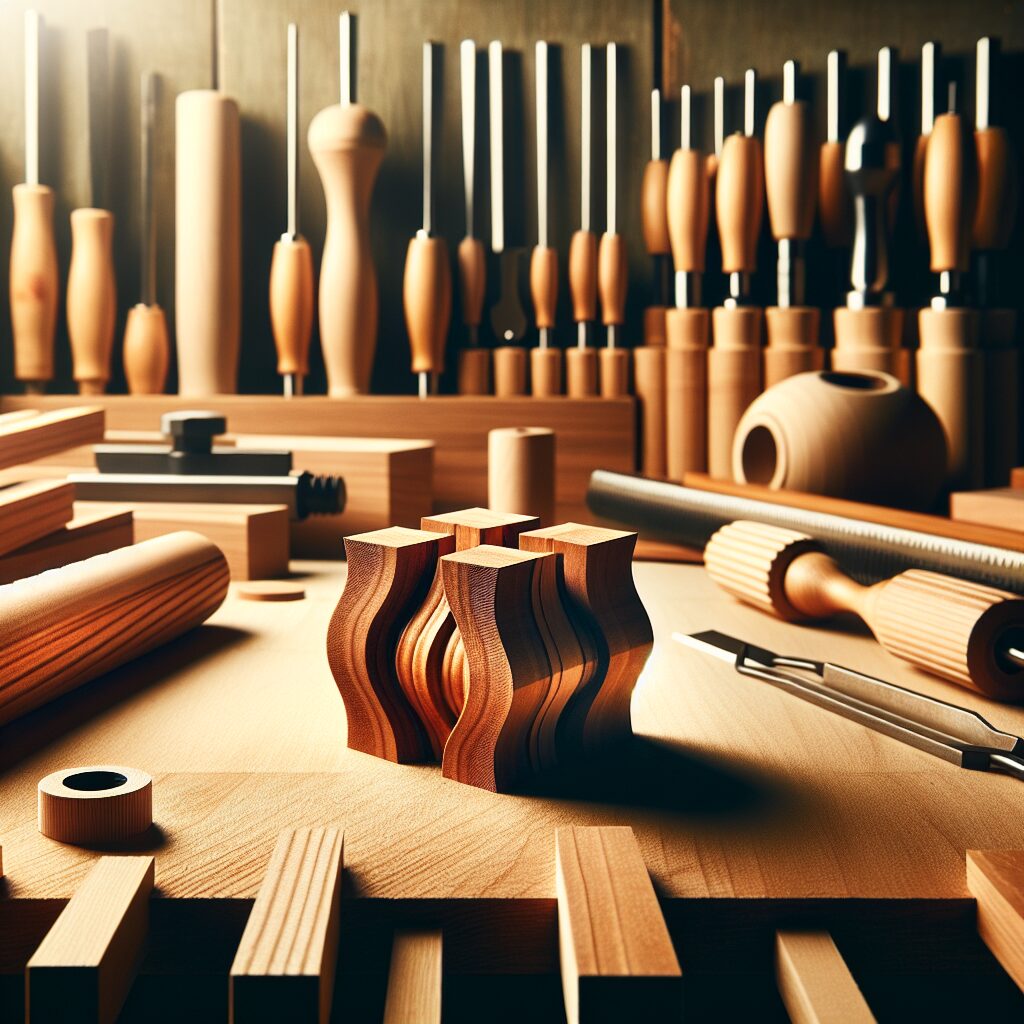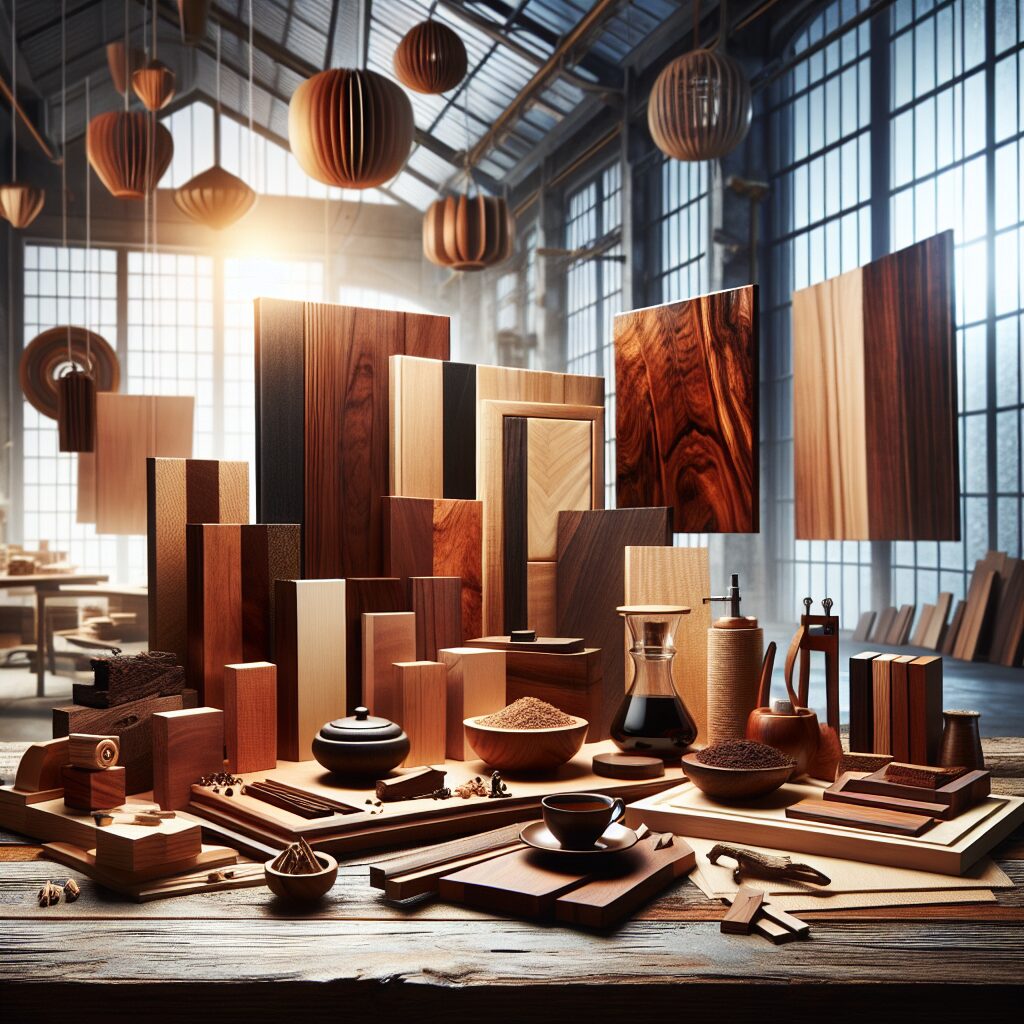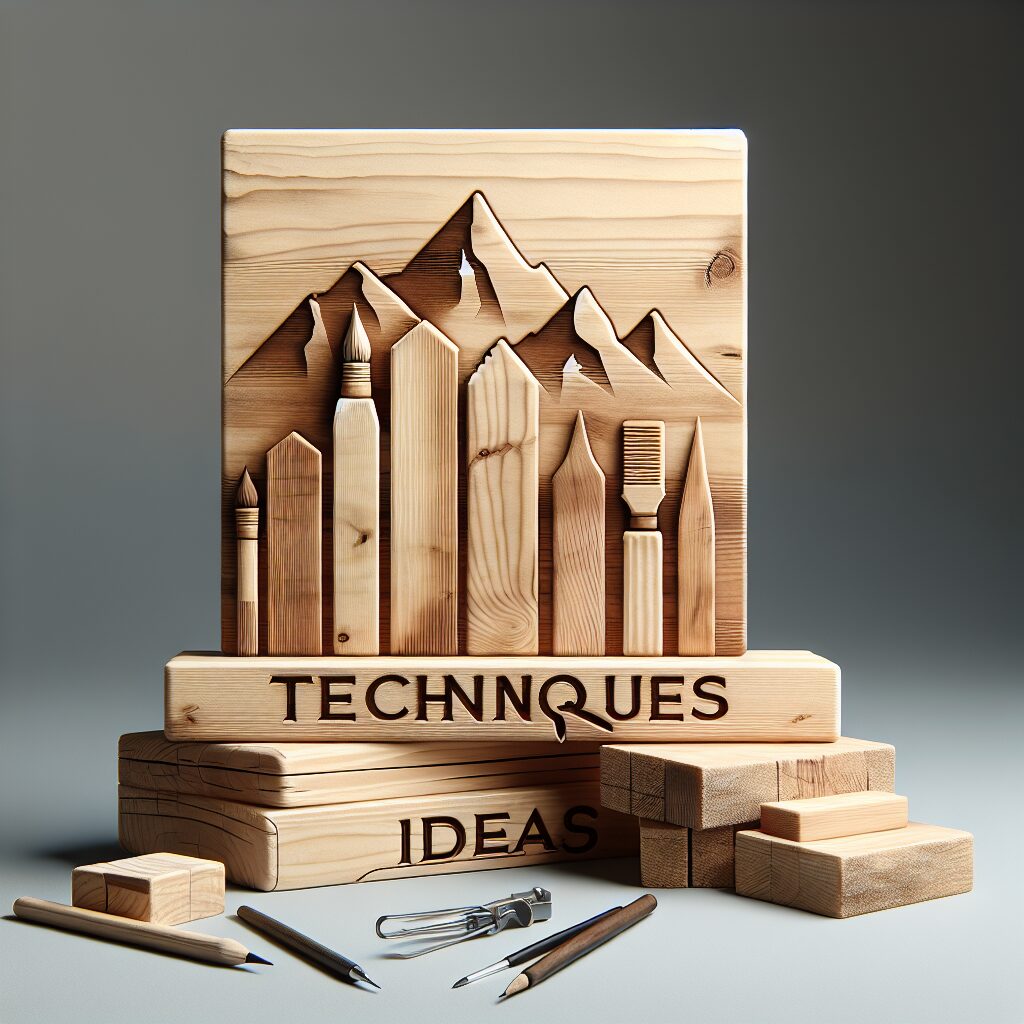Fine woodworking isn’t just a craft—it’s an art form. Whether you’re a seasoned artisan or an inspired beginner, fine woodworking combines precision, patience, and passion to create functional and beautiful wood pieces that stand the test of time. In today’s digital age, this traditional skill is undergoing a modern renaissance, with more people turning to woodworking for its therapeutic benefits, creative potential, and market demand.
In this guide, we’ll explore everything you need to know about fine woodworking—from tools and techniques to project ideas, tips for beginners, and how to take your woodworking from hobby to profession.
What is Fine Woodworking?
Fine woodworking refers to high-quality, detail-oriented woodworking that focuses on craftsmanship, joinery, and aesthetics. Unlike rough carpentry or general woodworking, fine woodworking emphasizes:
- Precision joinery like dovetails, mortise-and-tenon, and finger joints
- Finely selected woods such as walnut, cherry, and maple
- Artistic finishing techniques including hand-rubbed oils, shellac, and French polishing
- Detailed plans and blueprints
- Handcrafted integrity, often with little to no mechanical fasteners
From custom furniture to heirloom boxes, fine woodworking is about turning timber into timeless beauty.
Essential Tools for Fine Woodworking
To get started with fine woodworking, quality tools are essential. Here are some basics:
Hand Tools
- Block Plane – For smoothing and trimming end grain
- Chisels – Essential for mortises and detailed work
- Hand Saws – For fine joinery and precision cuts
- Marking Gauge – Crucial for layout accuracy
- Spokeshave & Drawknife – Great for shaping curves and contours
Power Tools
- Table Saw – The heart of many woodworking shops
- Bandsaw – Excellent for curves and resawing lumber
- Router – Versatile for joinery and edge work
- Planer & Jointer – For milling lumber to perfection
Safety Gear
- Eye protection
- Hearing protection
- Dust mask or respirator
Pro Tip: Invest in quality over quantity. A well-tuned hand plane can outlast generations.
Fine Woodworking Techniques
Learning these core techniques is crucial for mastery:
1. Joinery
Joinery is the backbone of fine woodworking. Dovetails, mortise and tenon, box joints, and lap joints not only add strength but also visual appeal.
2. Surface Preparation
The difference between average and amazing often comes down to surface prep. Learn to hand-sand, card scrape, and polish wood surfaces meticulously.
3. Finishing
A poor finish can ruin a great build. Use fine sandpaper, experiment with stains, and learn traditional finishes like shellac, tung oil, and Danish oil.
4. Precision Layout
Mark twice, cut once. Use calipers, gauges, and knives to lay out cuts with surgical accuracy.
Fine Woodworking Project Ideas
Whether you’re looking to build your skills or create functional art, here are a few project ideas:
- Jewelry boxes with dovetail joints
- Floating shelves with hidden brackets
- Dining tables with breadboard ends
- Custom cutting boards with edge-grain designs
- Rocking chairs built from bent lamination
Start small and progress as your confidence grows.
Beginner Tips for Fine Woodworking
If you’re new to the craft, here’s how to get started:
- Take a Class: Local workshops or online platforms like Fine Woodworking Magazine offer excellent resources.
- Practice Joinery: Cut basic joints on scrap wood before committing to a project.
- Learn to Sharpen: Sharp tools are safer and make better cuts. Invest time in learning how to hone edges.
- Build a Workbench: This will become the cornerstone of your shop.
- Join a Community: Reddit, YouTube, and local guilds are great places to learn and get feedback.
Fine Woodworking and SEO: Building a Woodworking Brand Online
Many fine woodworkers turn their passion into profit. If you’re thinking of selling your work or teaching others, here’s how to optimize your online presence:
Keyword Optimization
Use keywords like:
- Fine woodworking projects
- Custom woodworking
- Handmade wood furniture
- Woodworking tips for beginners
Blog Topics to Rank For
- “How to get started in fine woodworking”
- “The best hand tools for fine woodworking”
- “Top 10 fine woodworking projects for beginners”
SEO Tips
- Optimize title tags and meta descriptions
- Use internal linking (link to your other woodworking posts)
- Write content that matches user intent—informative and visual
- Add high-quality images and video tutorials
- Regularly update your content and add new projects to your site
Why Fine Woodworking is More Popular Than Ever
The resurgence in interest comes down to a few things:
- Digital burnout: People want to create with their hands.
- Sustainability: Consumers value handcrafted, long-lasting goods.
- Home improvement boom: More people are investing in their homes.
- Therapeutic value: Woodworking is meditative and rewarding.
FAQs: Fine Woodworking
Q: Is fine woodworking difficult to learn?
A: Like any skill, it takes time and patience. Start with simple projects and build your skills steadily.
Q: How is fine woodworking different from general woodworking?
A: Fine woodworking emphasizes precision, aesthetics, and traditional joinery techniques.
Q: What wood is best for fine woodworking?
A: Walnut, cherry, maple, oak, and mahogany are popular for their workability and appearance.
Q: Can I make money with fine woodworking?
A: Yes. Custom furniture, art pieces, and commissioned work are in demand. Many woodworkers also monetize through YouTube, Etsy, and teaching.
Final Thoughts: Mastering the Craft of Fine Woodworking
Fine woodworking is more than just cutting wood—it’s about designing, shaping, and crafting something that lasts. Whether you’re building heirloom furniture or simply enjoying the therapeutic process, the journey is as valuable as the finished product.
So grab your tools, pick your project, and start shaping your legacy—one cut at a time.






